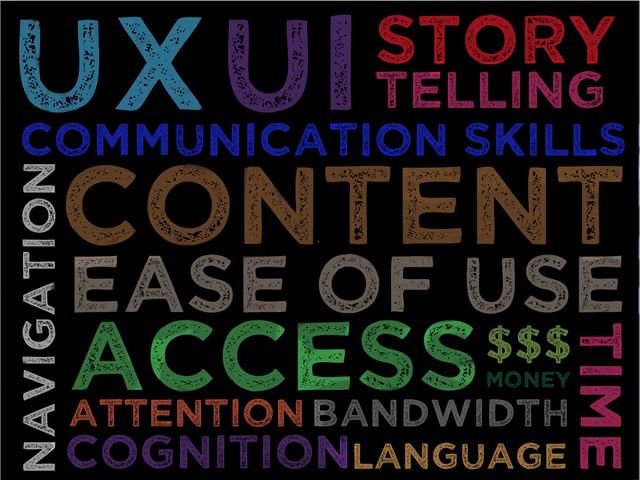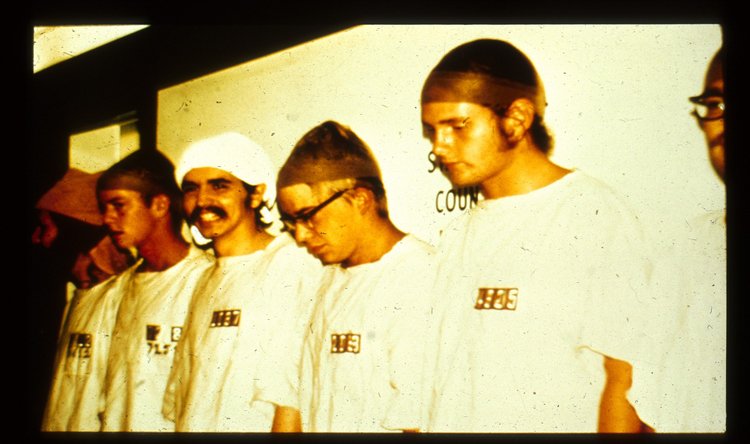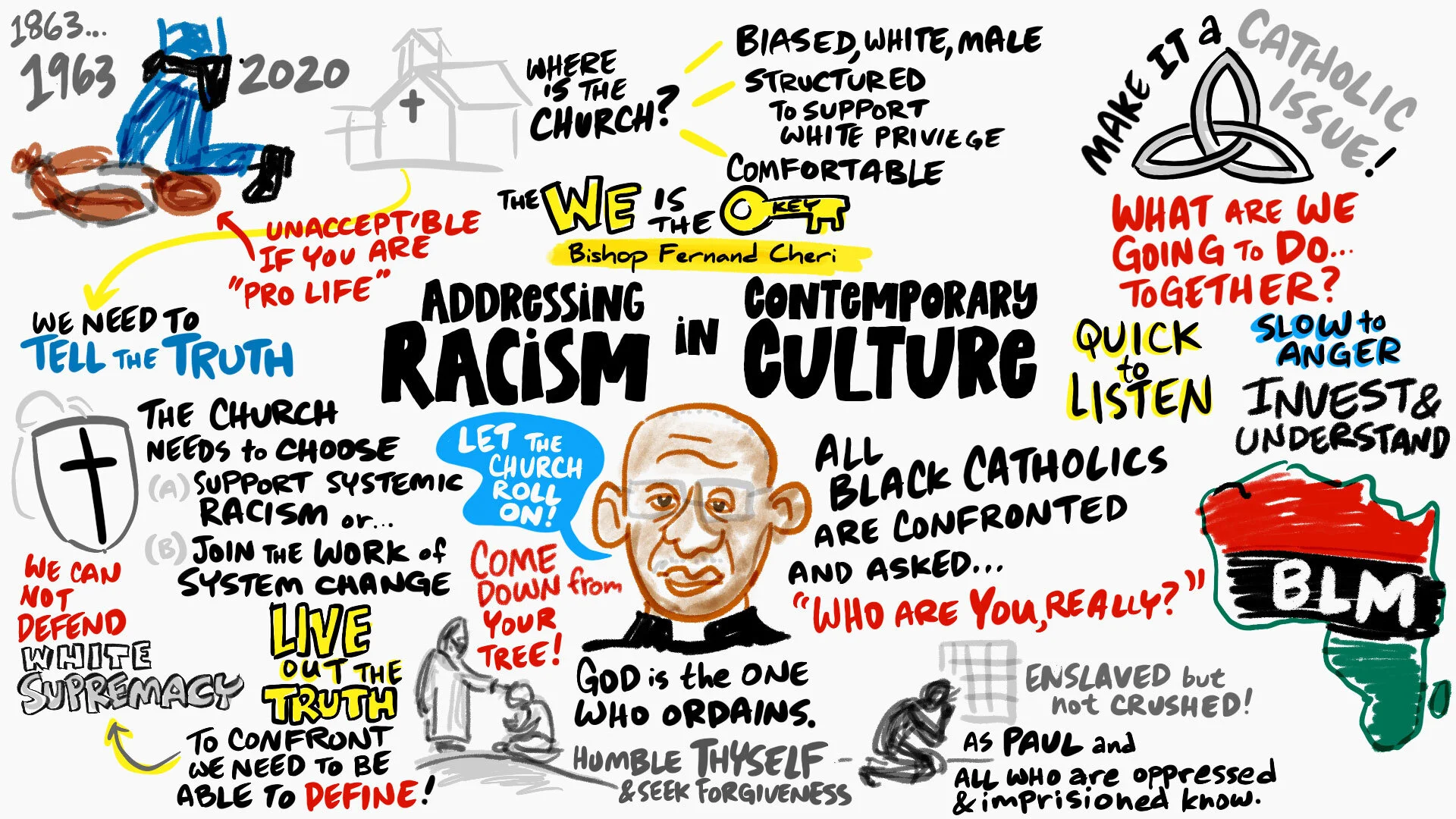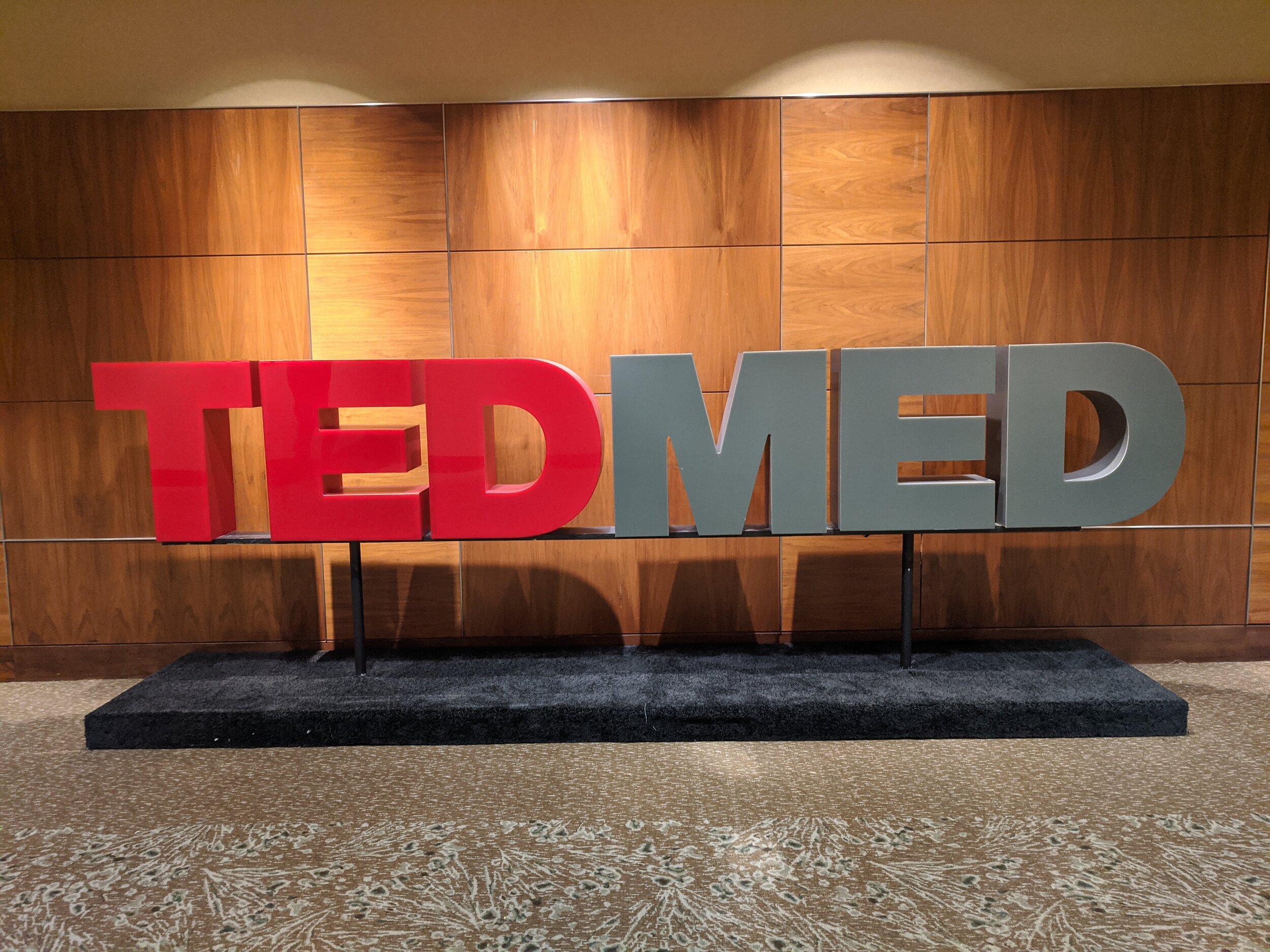Rock the Monkey: RESEARCHING the VALUE of VISUAL PRACTICE with HEIDI FORBES ÖSTE
/When we launched the Rockstar Scribe course in May of 2011, we had so many amazing people appear in our lives. Heidi Forbes Öste (@ForbesOste) is definitely one of those people.
A Boston native, Heidi now lives in Sweden with her husband and children, and has a passion for humanizing technology and strategic use of social tools for individuals & organizations both online & face-to-face.
In her practice as a Global Social Strategist and Visual Practitioner, Heidi provides workshops, strategic visual harvesting and consulting to clients worldwide.
Somehow, she is also pursuing a doctorate through Fielding University.
As part of her wider research into the tools and methodologies used by the next generation of global leaders, Heidi has started down the path of researching the value of "visual practice" (visual facilitation, graphic recording, mindmapping, sketch-noting, etc.)
As a piece of her dissertation, Heidi's research on the visual practice, although still in the early stages, focuses on how it supports leadership and global teams using social technologies.
This discussion with Heidi was a fantastic opportunity to ask questions and gain insight into the broader trends at the intersection of social systems, collaborative technology, visual learning, innovation and global leadership.
For more information about Heidi's work, visit The Art of Social Strategy (http://forbesoste.com/)
TIME | TOPIC
00:00 | Introductions

03:00 | Heidi's History with Visual Facilitation 06:55 | Heidi's Research and Dissertation 09:30 | The Lexicon of Visual Practice

10:45 | Graphic Recording vs. Graphic Facilitation 12:00 | Sketchnotes Defined 17:30 | Strategic Visualization 20:50 | Visual Coaching 26:10 | Questions from the Audience

34:00 | Where to Take Survey and View Heidi's Research (forbesoste.com) 34:45 | Larger Question Being Explored 35:30 | Leadership and the New Social Paradigm

37:00 | Minimizing & Overcoming Miscommunication in a Global World 50:15 | Connect with Heidi at @forbesoste 54:00 | Special Announcements from Alphachimp
New Group of Rockstar Scribes Begins May 1.
[button url="http://learntoscribe.com" target="_self" style="red" position="center"] REGISTER TODAY [/button]
If you're already a member of Alphachimp University, we invite you to join our Affiliate Program and earn 30% for all referrals.
For more information, visit http://alphachimpu.com/affiliates/.
Finally, applications for our LIVE workshop INTERSECTION, hosted at our studio in Nashville, TN are due Monday, April 22 (Earth Day). Don't miss out on this exciting opportunity, Apply Here (http://alphachimpu.com/events/) before Monday, April 22 ... special discounts apply to all former or current students.
[alert style="white"] Alphachimp Learning Systems LLC works with firestarters, whizkids, restless geniuses & unreasonable (wo)men to explore new media, neuroscience, visual facilitation and get stuff done. @ChimpLearnGood[/alert]

















